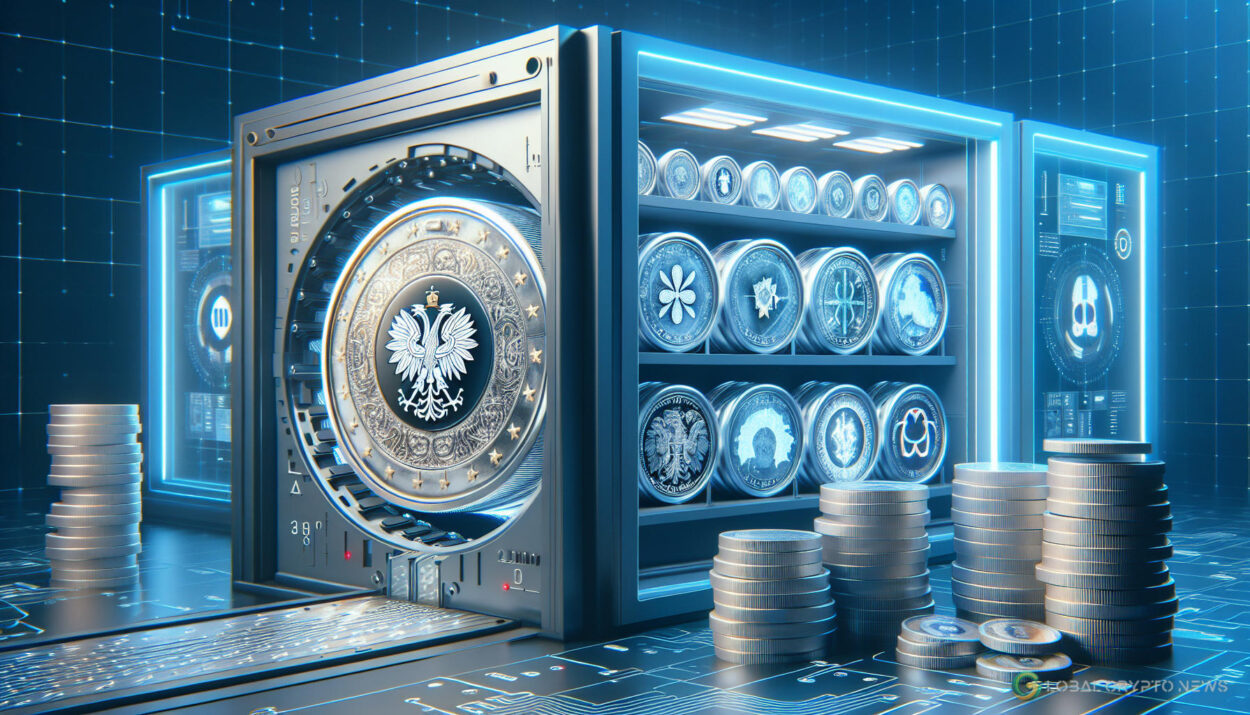Poland’s second-largest bank, Bank Pekao, leverages blockchain technology to preserve the country’s cultural heritage.
In a recent announcement, Bank Pekao revealed its partnership with Aleph Zero to launch Archiv3, a groundbreaking project aimed at tokenizing Polish artwork and securely storing it for future generations.
Tokenization of Polish Artwork
Tokenization involves converting physical assets, such as art, into digital tokens on a blockchain, making them easier to store and track. For this initiative, Bank Pekao is digitizing renowned Polish artworks by artists like Jan Matejko and Stanisław Wyspiański using advanced 3D scanning technology. These digital versions are then stored as non-fungible tokens (NFTs) on the eco-friendly Aleph Zero blockchain, ensuring their long-term preservation.
Safe Storage in the Arctic World Archive
In addition to blockchain storage, the tokenized artwork will be archived in the Arctic World Archive (AWA) located in Svalbard, Norway. The AWA is a secure facility designed to protect important data from threats such as cyberattacks and natural disasters. This facility is known for storing cultural and scientific data from organizations like UNESCO and the Vatican.
The bank aims to ensure that by using a decentralized ledger, the artworks will remain safe and accessible for future generations, even in the event of a global catastrophe.
Integration with Modern Technologies
This initiative by Bank Pekao reflects a broader trend of integrating traditional banking with modern technologies such as blockchain. This opens new avenues for digital asset management and highlights the potential of blockchain in preserving cultural heritage.
In a similar vein, on October 2, Christie’s announced plans to issue blockchain-based ownership certificates for art sold at auction, further demonstrating the growing adoption of blockchain technology in the art world.
For more updates on cryptocurrency, investing, and finance, explore the latest news on Global Crypto News.
#CryptoLife #Cryptocurrency
























